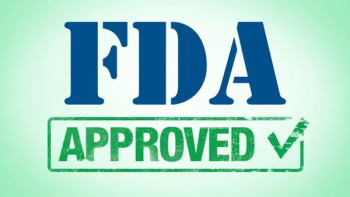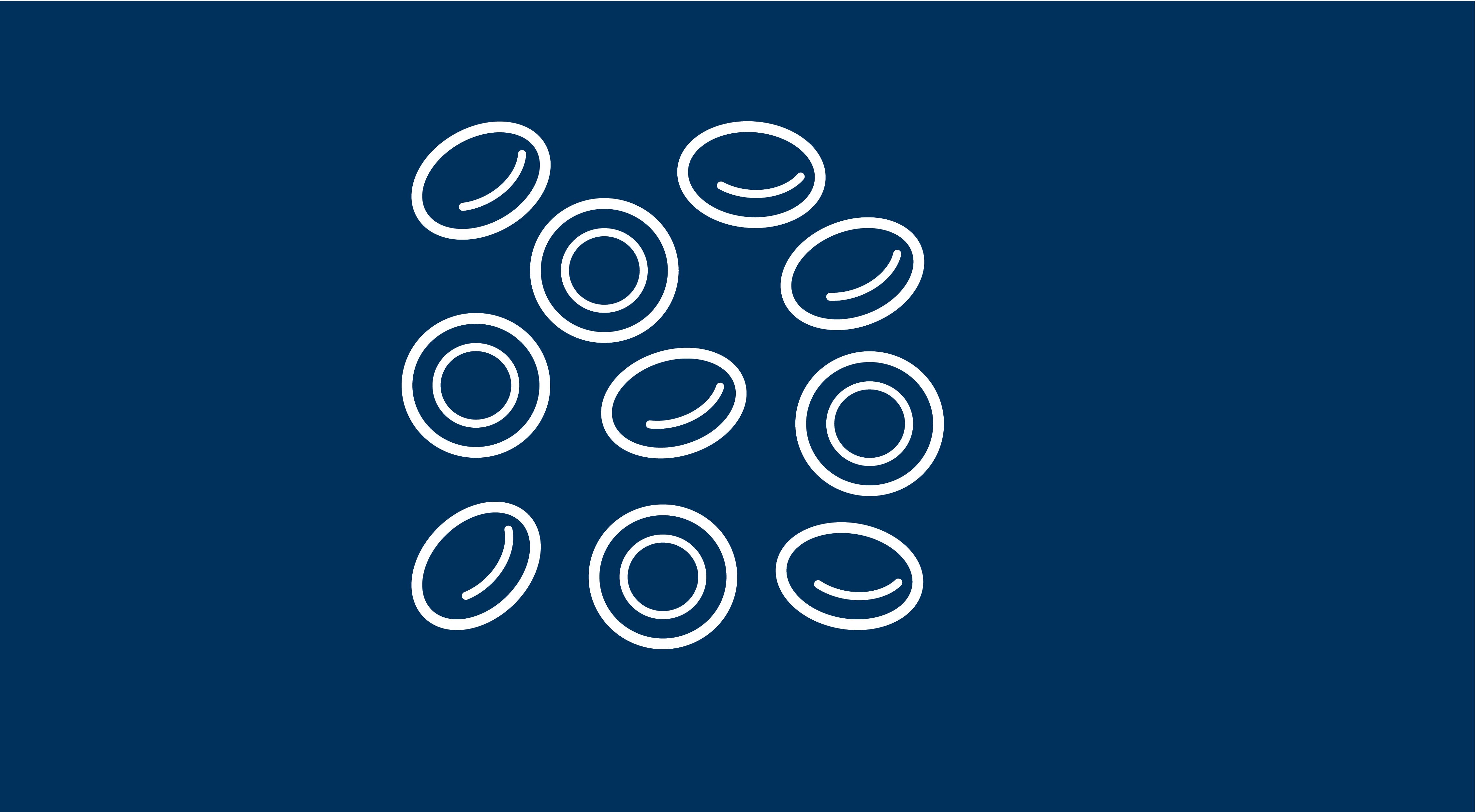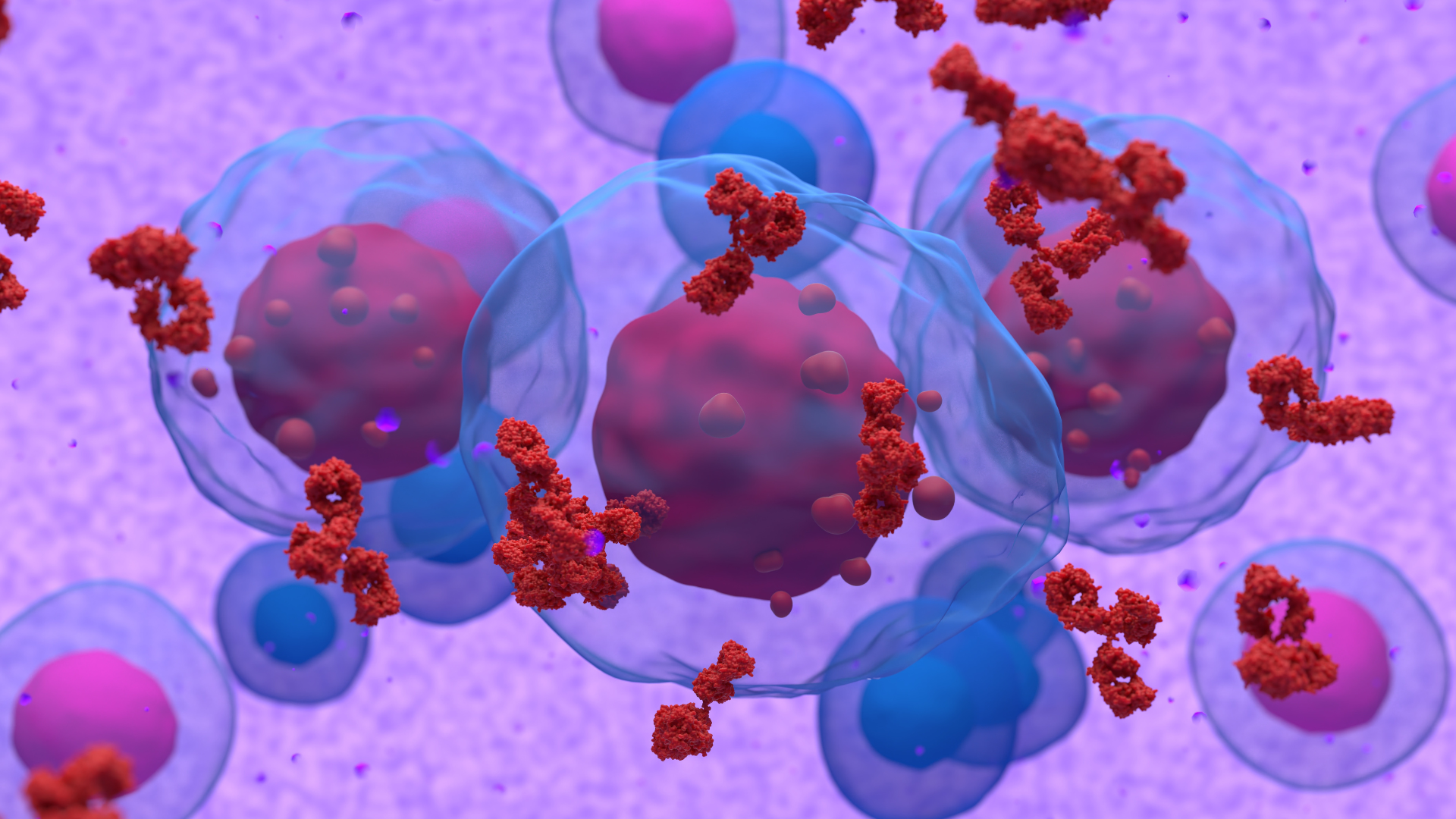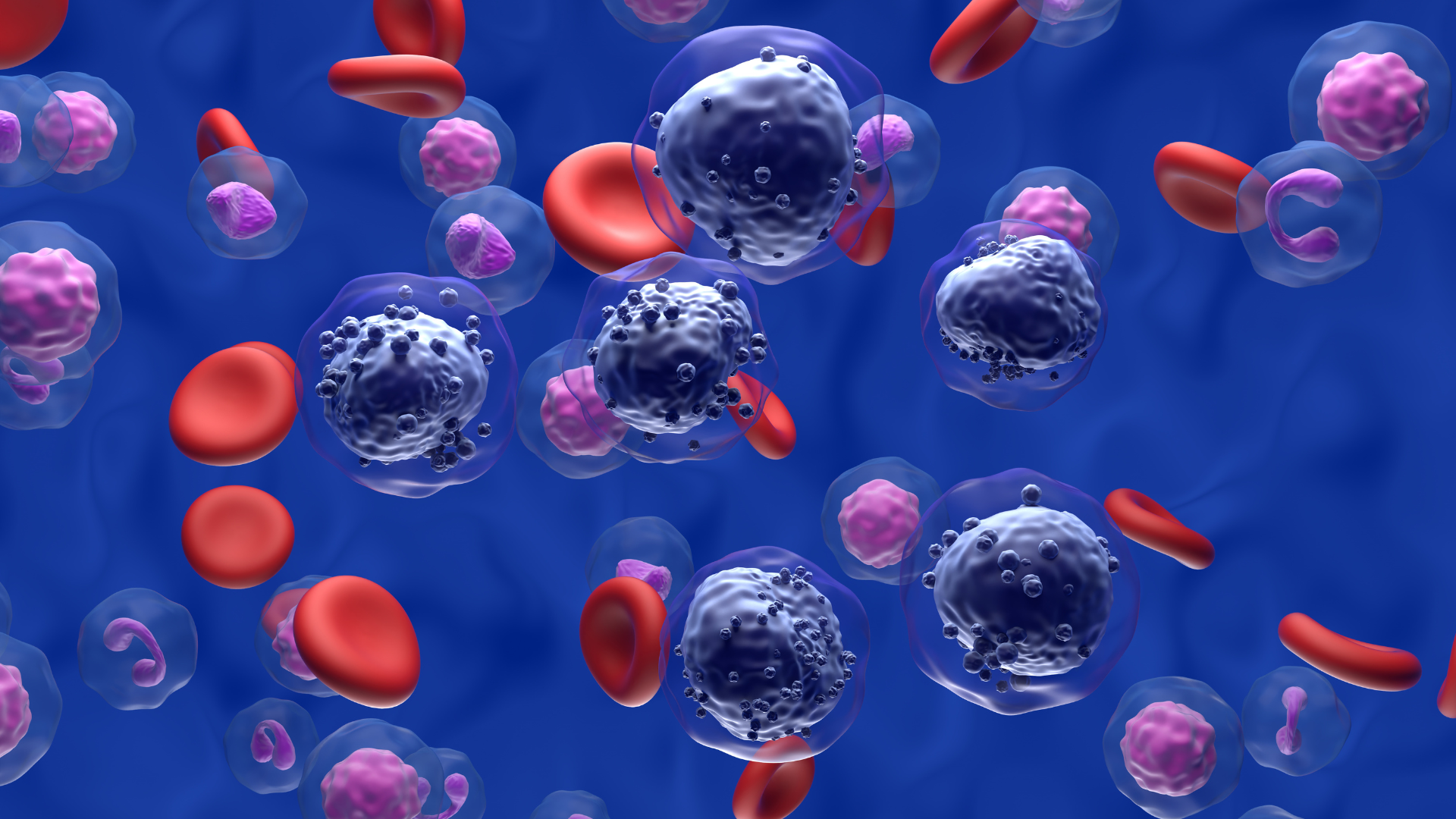
Hematology
Latest News
Latest Videos

More News

Brexucabtagene autoleucel was associated with a 91% overall response rate among patients with relapsed/refractory mantle cell lymphoma.

During a Case-Based Roundtable™ event, Beth Faiman, Phd, CNP, and participants discussed the use of combination therapies, including daratumumab, as frontline therapy for patients with transplant-ineligible multiple myeloma.

Acalabrutinib, whether as monotherapy or as part of a combination, demonstrated superior progression-free survival outcomes compared to obinutuzumab and chlorambucil.

Patients with multiple myeloma are living longer; therefore, their lifelong treatment expenses can become burdensome.

The overall response rate with ibrutinib plus venetoclax was 82% vs 74% with ibrutinib plus placebo.

The 4-year progression-free survival rate with daratumumab, bortezomib, lenalidomide, and dexamethasone was 84.3% vs 67.7% with just bortezomib, lenalidomide, and dexamethasone.

Beth Finley-Oliver, MSN, ARNP, AGNP-BC, recaps part of her presentation from the 2023 JADPRO meeting about caring for patients with high-risk multiple myeloma.

Compared with CAR T-cell therapy, autologous hematopoietic cell transplantation lowered relapse and progression rates in relapsed large B-cell lymphoma.

The rate of minimal residual disease negativity at 21 months was 77% among patients who received isatuximab-irfc, carfilzomib, lenalidomide, and dexamethasone.

A new targeted therapy showed promising response rates in pediatric and adult patients with relapsed/refractory KMT2A rearranged acute leukemia.

Overall, 65.9% of patients who received the combination of pelabresib and ruxolitinib demonstrated a 35% or greater reduction in spleen volume by week 24.

Adding navitoclax to ruxolitinib improved spleen volume reduction, but not total symptom score in patients with myelofibrosis.

The use of pirtobrutinib following covalent Bruton tyrosine kinase inhibitor therapy may be an important sequencing approach in chronic lymphocytic leukemia/small lymphocytic lymphoma, according to recent research.

Remote patient monitoring following CAR T-cell therapy may reduce costs while allowing nurses to maintain a close eye on patient parameters, although more research is needed to refine the process of alerting virtual nurses of potential issues.

Oncology nurses should be ready to offer informative guidance to patients and their families concerning the ongoing FDA inquiry and its potential impact.

The FDA has approved the non-covalent BTK inhibitor, pirtobrutinib, to treat patients with chronic lymphocytic leukemia or small lymphocytic lymphoma who have already undergone 2 lines of therapy.

Laura Zitella, MS, RN, ACNP-BC, AOCN, discusses how newly approved bispecific antibodies are expanding third-line treatment options for patients with diffuse large B-cell lymphoma.

There have been reports of T-cell malignancies among patients who have undergone CD19- or BCMA-directed autologous CAR T-cell immunotherapies.

The combination of lenalidomide and rituximab led to a median progression-free survival of 9 years—with 17 ongoing responses—among patients with mantle cell lymphoma.

Manufacturers have announced that they will be withdrawing the new drug application for copanlisib in adult patients with relapsed follicular lymphoma.

Lisocabtagene maraleucel is under consideration as a potential treatment option for patients with chronic lymphocytic leukemia or small lymphocytic lymphoma.

The 3-year progression-free survival rate was 94% and the 3-year overall survival rate was 97%.

Freshta Poupal, RN, and Frannie Bell, NP, share their experiences with teclistamab in clinical practice.

Sharon Kauffman, PhD, RN, CNE, NPD-BC, OCN, provides an in-depth look at pirtobrutinib in a downloadable reference sheet.

Ivosidenib, a targeted therapy, has been approved for patients with relapsed or refractory myelodysplastic syndromes and an IDH1 mutation.























































































